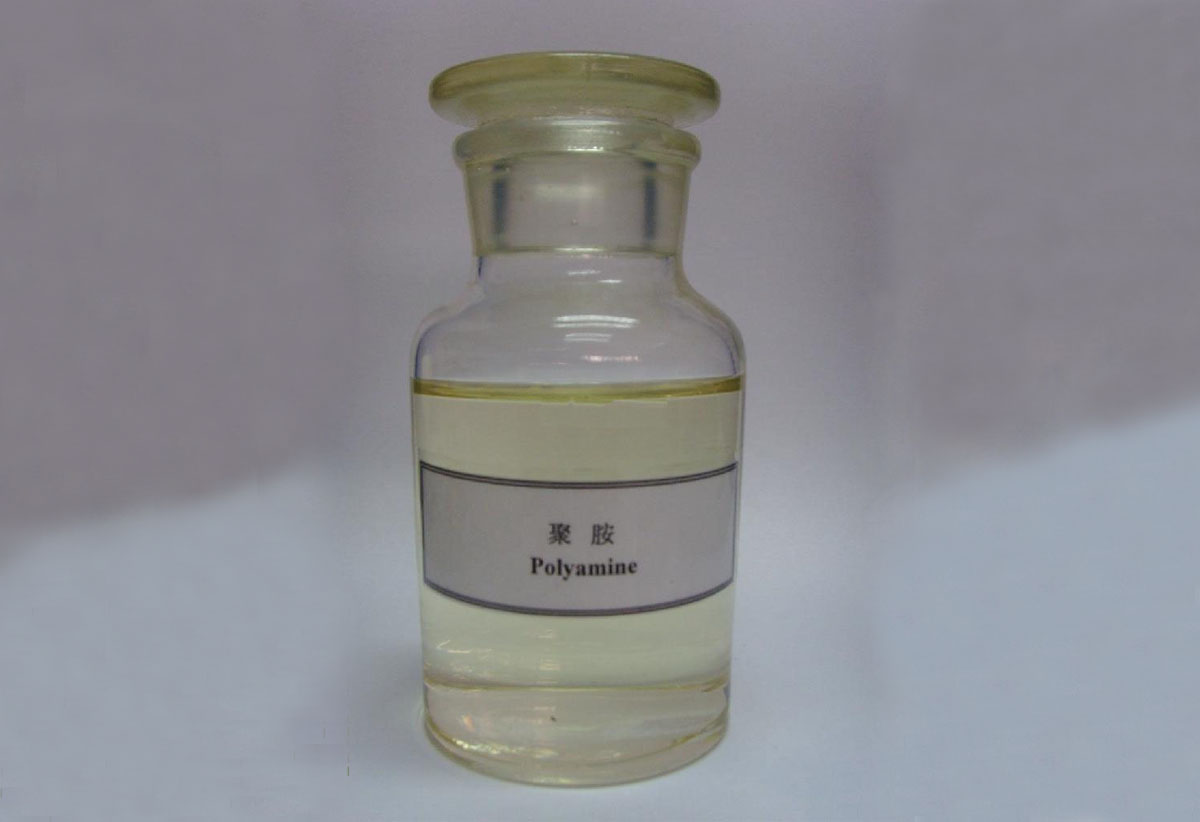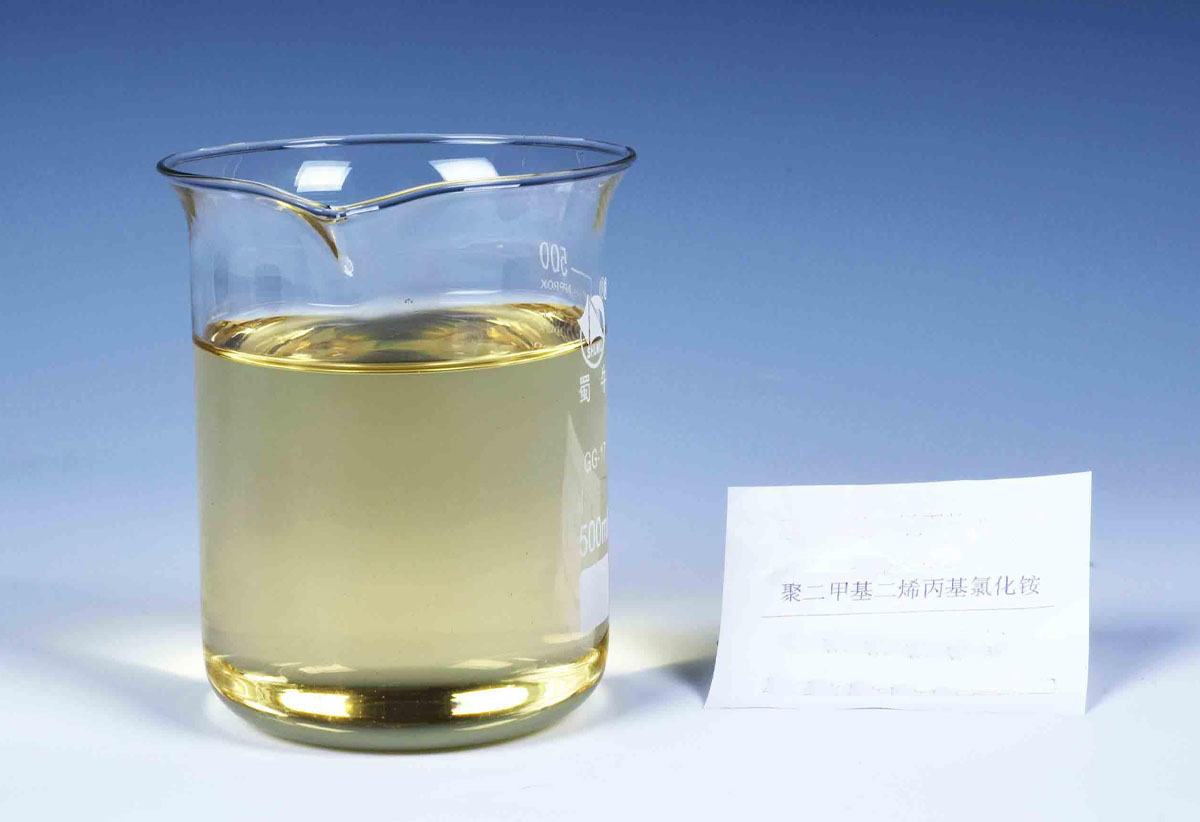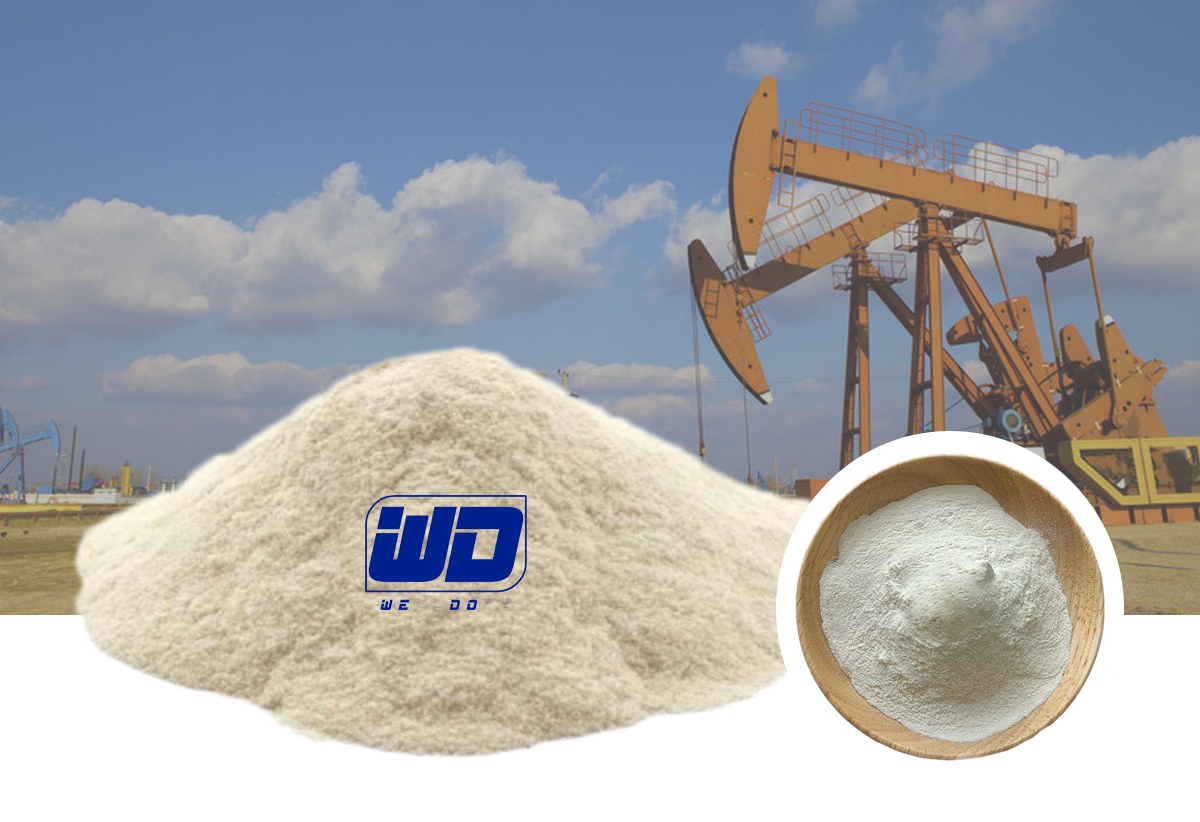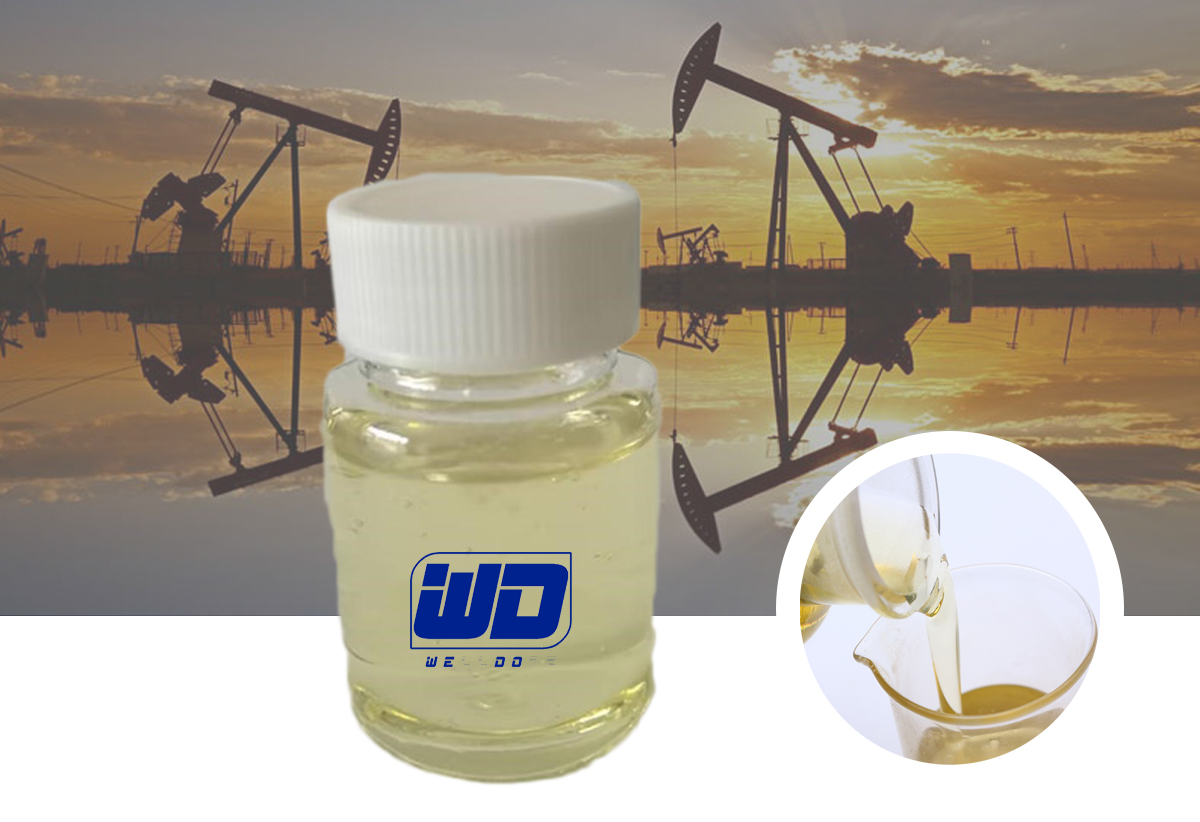Introduction to polyacrylamide flocculant
Polyacrylamide flocculant is a kind of yellow or white particles or powder. It is a polymer compound with a molecular weight of more than several million, some of which is nearly 20 million. PAM flocculant has super strong sewage flocculation effect. When using polyacrylamide flocculant, you can refer to the following PAM usage methods.
Note: Polyacrylamide flocculant cannot be added directly to wastewater and must be dissolved in water before use.
Polyacrylamide flocculant dissolution steps:
1. Prepare clean water (it is recommended to use tap water, not waste water). It is recommended that the water temperature be above 10°C. When the water solution is lower than 5°C, the dissolution rate of polyacrylamide flocculant will decrease.
2. Dilution ratio of polyacrylamide flocculant solution: The concentration of the polymer solution is 0.1 to 0.3 percent, that is, add 1 to 3 grams of PAM powder to 1 liter of water.
The following factors should be considered when choosing the concentration: When the molecular weight of the polymer is too high, a slight dilution (e.g. 0.1 percent) is recommended. When the polymer solution is in wastewater, if the dispersion is not good due to equipment reasons, it is recommended to dilute it slightly.
If the polymer concentration is too high, it will cause the mixer motor to be overloaded. When it enters the sewage, it will also lead to poor dispersion and affect the use effect. If it is diluted, it will help improve the use effect.
3. Do not use a solution well centrifugal pump to avoid polymer degradation due to shearing of the blade speed.
4. The mixing time for preparation is as follows:
When the water temperature is high in summer, the anionic and cationic polymers need to be stirred for about 1 hour, and the nonionic polymers need to be stirred for about 2 hours.
When the water temperature is low in winter, the anionic polymer and the cationic polymer are stirred for about 1.5 hours, and the nonionic polymer is stirred for about 3 hours.











